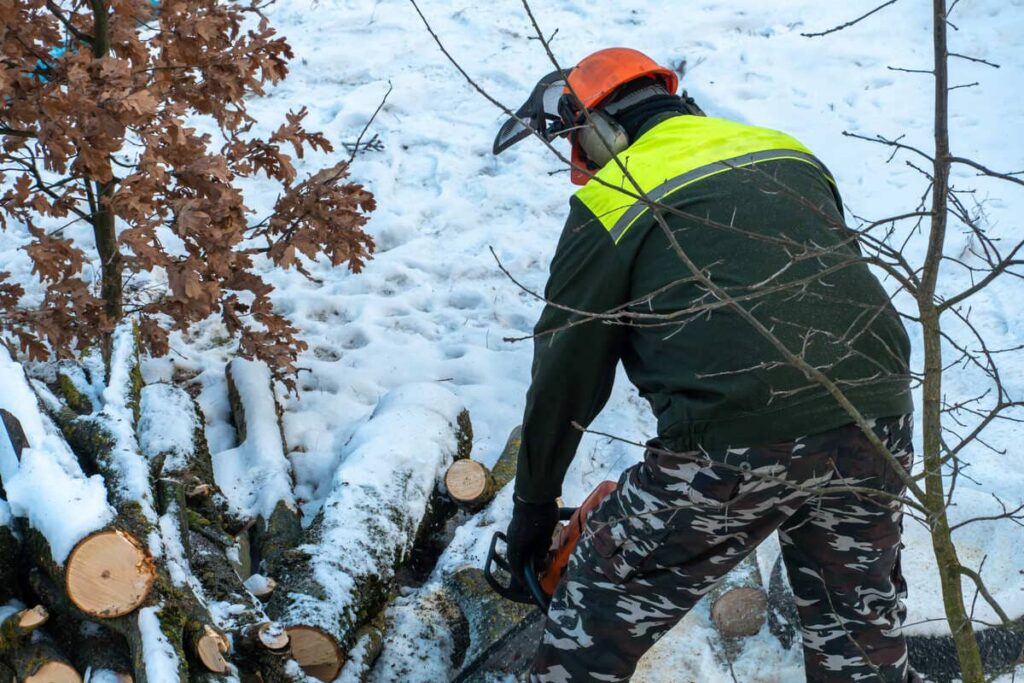
Even if it is wet and cold, this is the time to take advantage of all the benefits because trees are dormant. But what can you do to protect them? We count on five tips:
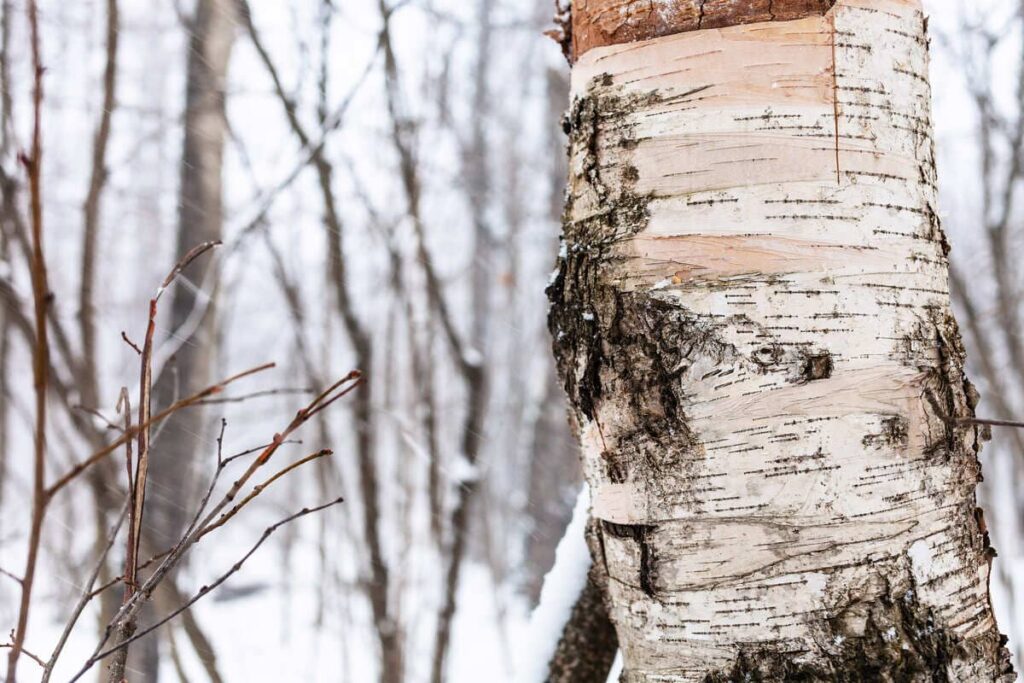
You can see signs of stress in your trees in winter, during drying winds and colder temperatures, slowing down the growth of bloom.
It is the time to prepare for the weather! Young trees are susceptible and require special care to avoid damage from extreme weather.
Check out our tips for your trees before it is too late.
Poor nutrition and frequent temperature changes may weaken an immune system. For trees, it is the same; the cold weather makes trees more susceptible. This season, you will not only deal with ice, wind, and snow.
You will need to identify potential issues, diseases, and pest infestations; some of our discoveries during the inspection could be:
Because of the dormant period for most insects, illnesses, and trees, winter is the best time to prune and trim to help remove damaged or dead branches, reducing any risk and the size and structure of the trees.
We recommend pruning the youngest trees by doing the following to establish good structure:
The dormant or winter prune prevents collapsing during snow or ice storms; that’s why it is highly recommended to encourage new growth in spring.
Be ready to protect your vulnerable trees during the most challenging time of the year.
Lose water.
The temperature drops to harmful levels, damaging the activated tissue.
The tree can’t re-synthesize.
Cold temperatures can injure the tree tissue.
Water the foliage
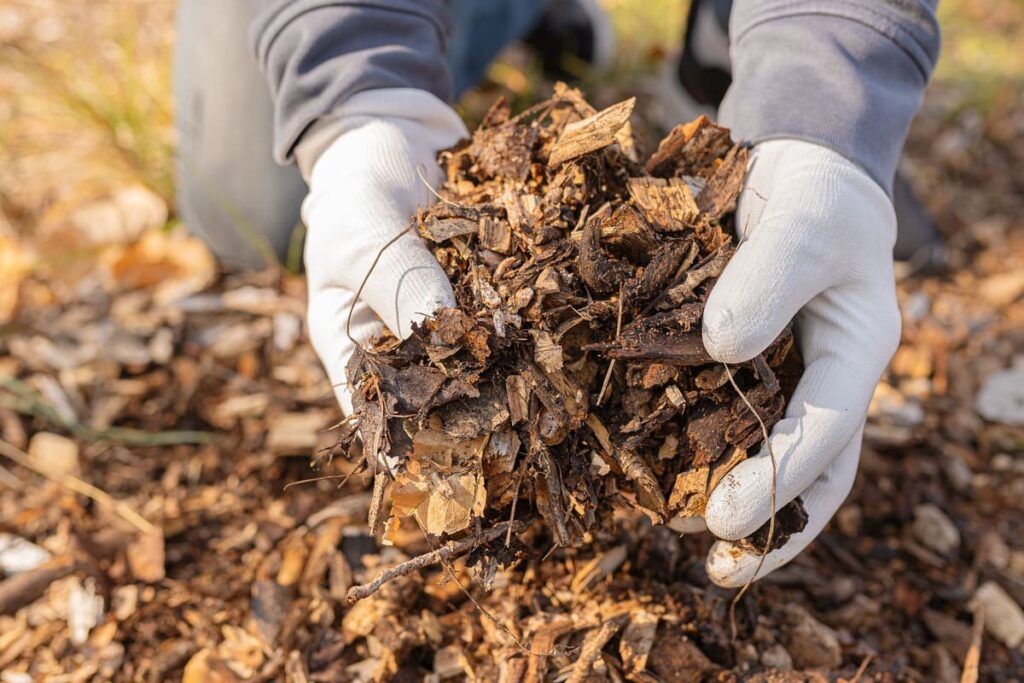
Add mulch to retain moisture and warmth using organic types like wood chips, bark, compost, or leaves.
Wait until the ground freezes, then apply the mulch to avoid making winter quarters for mice.
Mulch must be your garden’s best friend all year long. It will keep the weeds away and absorb water to hydrate your trees. You can visit our mulch blog post to learn more about types.
As a tip, it is better to add old rotten mulch that will give your trees more nutrients and organic material, never the new one, because the fresh mulch creates an imbalance.
Some of the benefits of mulching are:

Remember, the young trees will need more than mature trees, and something essential to know is that tree roots don’t go dormant during winter. That’s why you must check hydration, but check the soil before watering them.
Lack of water can cause winter drought, inhibiting growth and reducing plant vigor. Plants suffering from winter desiccation often shed their foliage and die.
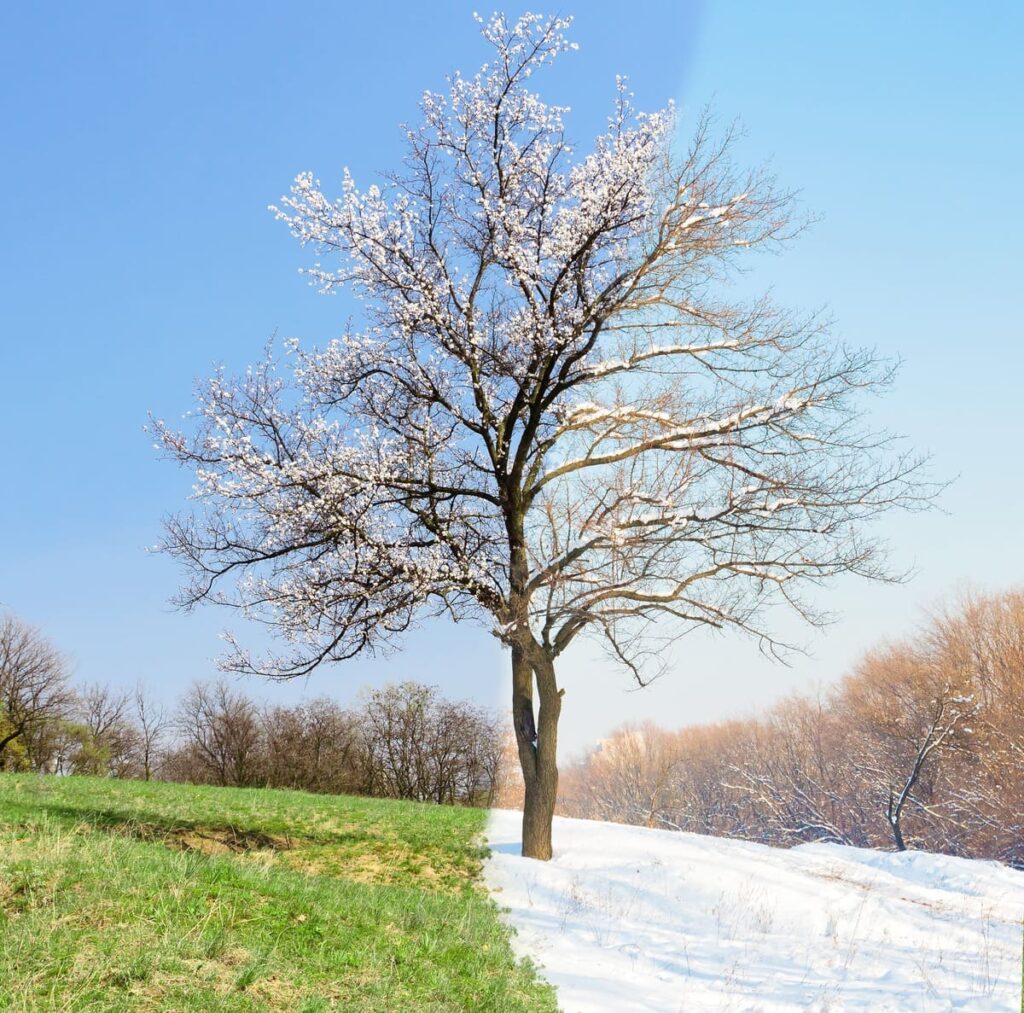
Learn more about common winter tree care issues below and identify signs and treatments.
Winter Burn
If all sides of your plant show signs of injury, you can complete the whole tree with burlap or similar material.
Frost Heaving
Mulch will reduce the desiccation; it acts as an insulator and helps retain moisture.
Salt Damage
The salt on roads and sidewalks will permanently harm your soil, causing a severe decline in the tree’s health.
Winter Drought
Mulch and water will compensate for the winter detrimental.
Animals
Little rodent animals eat tree bark to survive, exposing your tree to death. The most effective method for warding off them is to pray the repellant directly to your tree to protect them.
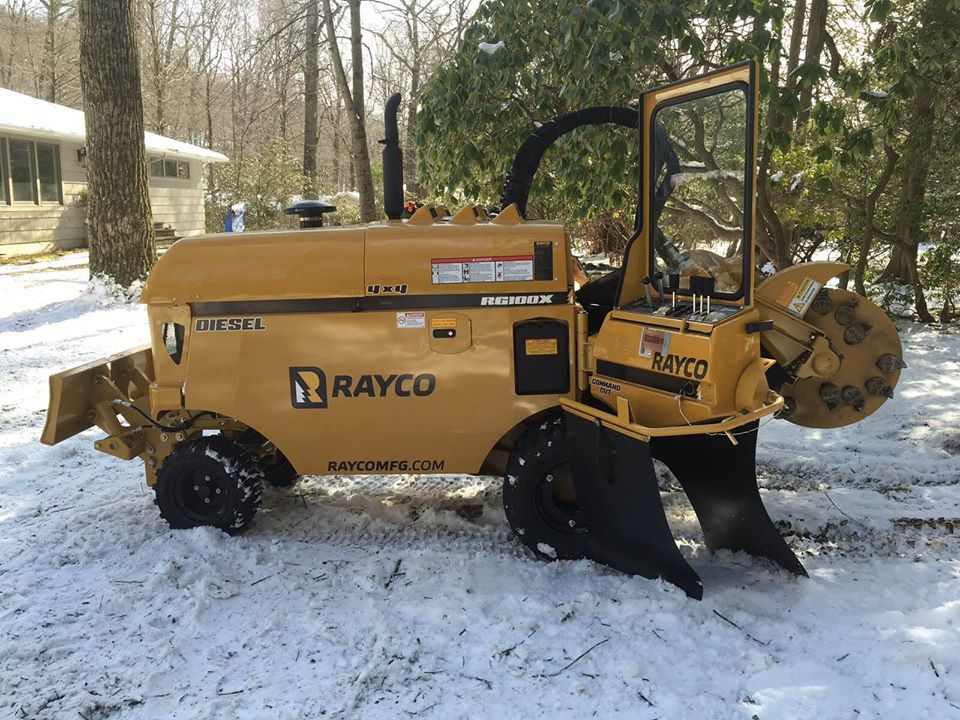
A professional helps with the typical winter tree care issues. Find a qualified tree company in your area. Call us NOW!